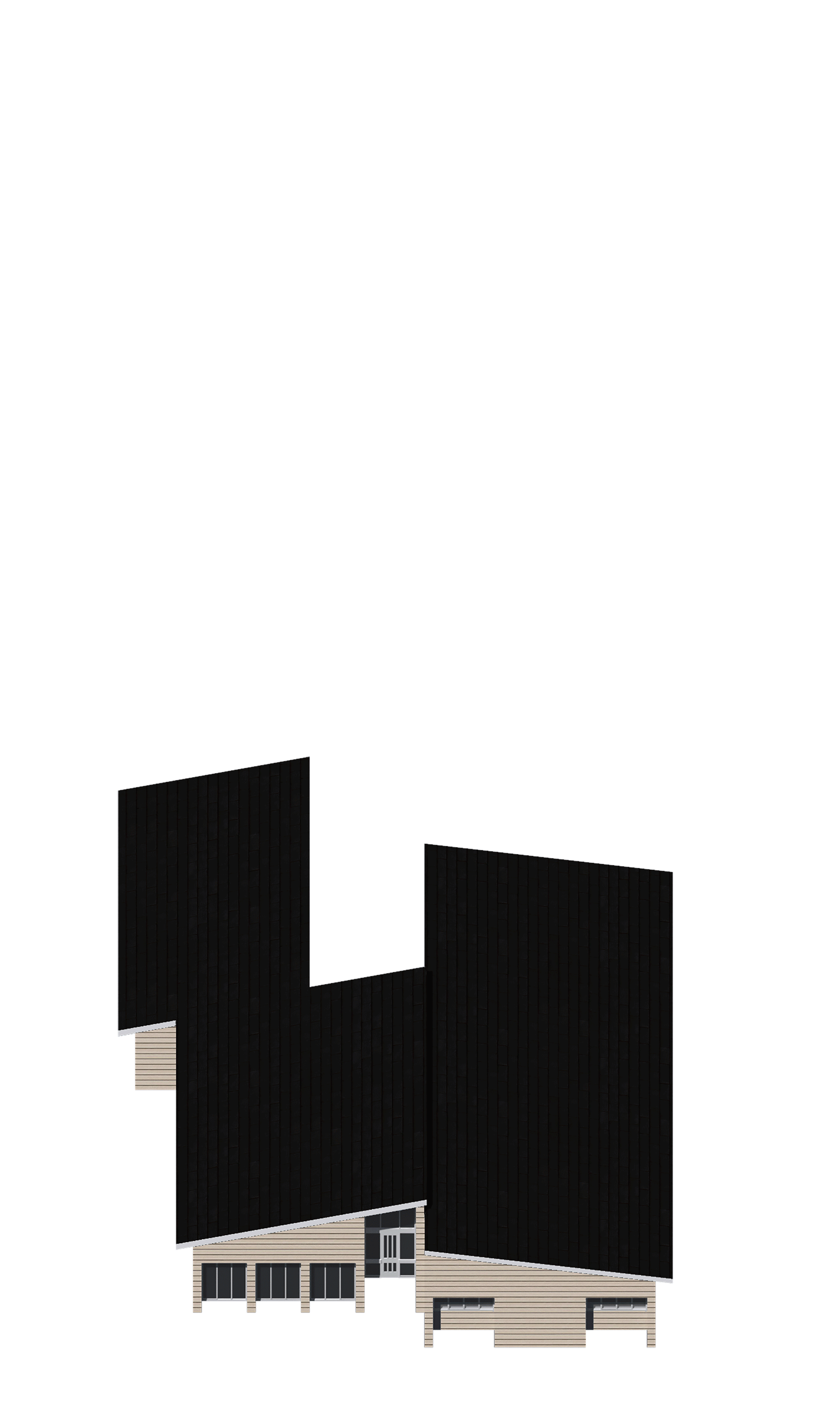Utilizing Power: Community Toxicity Observatories as Infrastructure
MArch Thesis, Princeton University School of Architecture (2021)
Suzanne Kolarik Underwood Prize
Advised by Erin Besler
The United States’ ground, air, and water contains an immense amount of toxicity. As a result of industrial processes and urbanization, residues of toxics leave traces on our bodies and the environment, traces that often evade regulatory control, governance, and even public consciousness. This thesis triangulates around the problems presented by federal Superfund sites, current significant violators identified by the Environmental Protection Agency, and their impact on local communities in rural and suburban areas. Even as a federally-funded programs, the enormity of the scale of remediation, exacerbated effects from climate change, and the nearly-permanent nature of toxic residue necessitates continuous maintenance and care which our current systems do not offer to this near-ubiquitous issue.
Using an existing network of New Deal-era public utility buildings, Rural Electric Cooperatives, the thesis proposes to embed a space for environmental and toxics activist work to create community observatories in rural and suburban areas that typically do not face the same burden of proof as other environmental justice communities. In the age of environmental remediation and a greener, newer deal, this thesis aims to amend our idea of the public utility to include not just the transmission of electricity, but also in proposing the utility as a site for public education in the form of a community observatory. Though the problem of existing toxics is not one that can be removed, capped, or resolved, the opportunity to utilize a network of organizing power to increase awareness of its permanence, encourage its maintenance and cessation as a public utility network is critical. As a new model of public education and distribution centers for tools of environmental activism, these cooperatives can benefit from environmental organizing power, as opposed to just electrical power.
This project proposes the development of an addition that hangs above our existing utility infrastructure to promote education and action on environmental toxicity. Much of the country’s electrical infrastructure including steel lattice towers is being replaced, and this proposal aims to reuse the materials from steel lattices to create robust space frame structures from which the citizen observatories can hang. The ground plane and operations of the Rural Electric Cooperatives will remain, but the additional functions offer oversight into the operations of electrical utility provision and new observatory functions.
![]()
![]()
![]()
![]()
![]()
![]()
![]()
![]()
MArch Thesis, Princeton University School of Architecture (2021)
Suzanne Kolarik Underwood Prize
Advised by Erin Besler
The United States’ ground, air, and water contains an immense amount of toxicity. As a result of industrial processes and urbanization, residues of toxics leave traces on our bodies and the environment, traces that often evade regulatory control, governance, and even public consciousness. This thesis triangulates around the problems presented by federal Superfund sites, current significant violators identified by the Environmental Protection Agency, and their impact on local communities in rural and suburban areas. Even as a federally-funded programs, the enormity of the scale of remediation, exacerbated effects from climate change, and the nearly-permanent nature of toxic residue necessitates continuous maintenance and care which our current systems do not offer to this near-ubiquitous issue.
Using an existing network of New Deal-era public utility buildings, Rural Electric Cooperatives, the thesis proposes to embed a space for environmental and toxics activist work to create community observatories in rural and suburban areas that typically do not face the same burden of proof as other environmental justice communities. In the age of environmental remediation and a greener, newer deal, this thesis aims to amend our idea of the public utility to include not just the transmission of electricity, but also in proposing the utility as a site for public education in the form of a community observatory. Though the problem of existing toxics is not one that can be removed, capped, or resolved, the opportunity to utilize a network of organizing power to increase awareness of its permanence, encourage its maintenance and cessation as a public utility network is critical. As a new model of public education and distribution centers for tools of environmental activism, these cooperatives can benefit from environmental organizing power, as opposed to just electrical power.
This project proposes the development of an addition that hangs above our existing utility infrastructure to promote education and action on environmental toxicity. Much of the country’s electrical infrastructure including steel lattice towers is being replaced, and this proposal aims to reuse the materials from steel lattices to create robust space frame structures from which the citizen observatories can hang. The ground plane and operations of the Rural Electric Cooperatives will remain, but the additional functions offer oversight into the operations of electrical utility provision and new observatory functions.

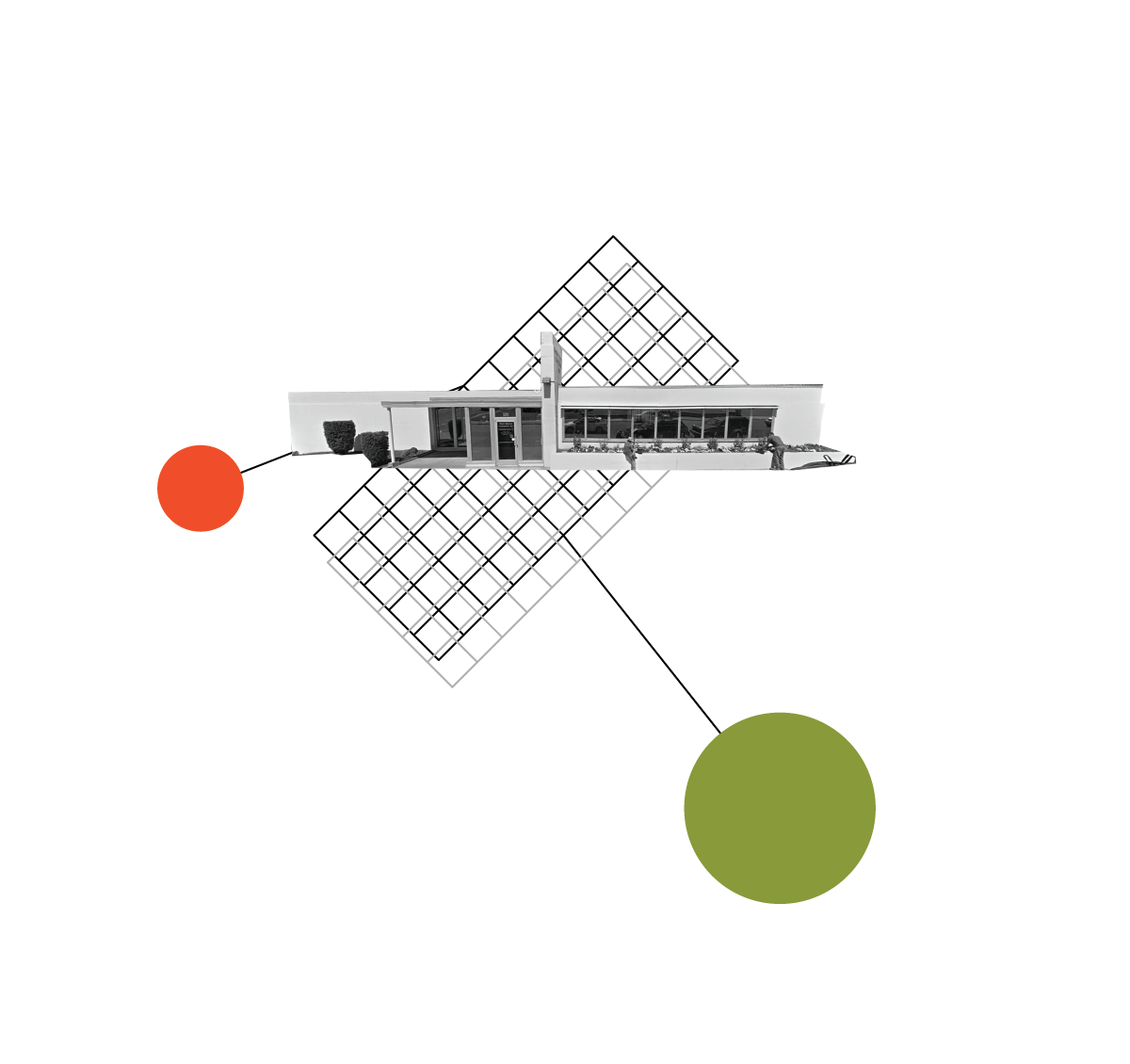
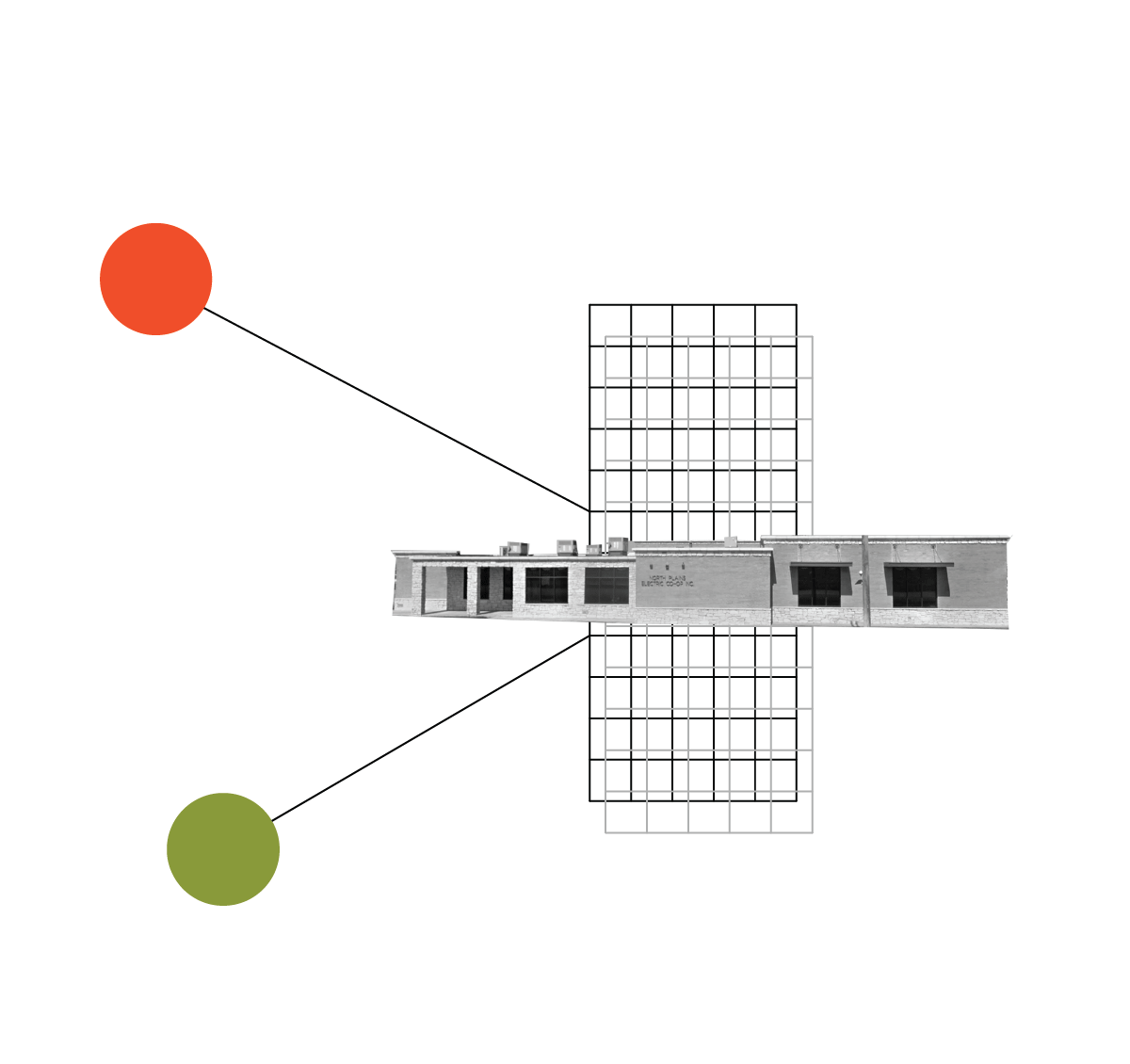


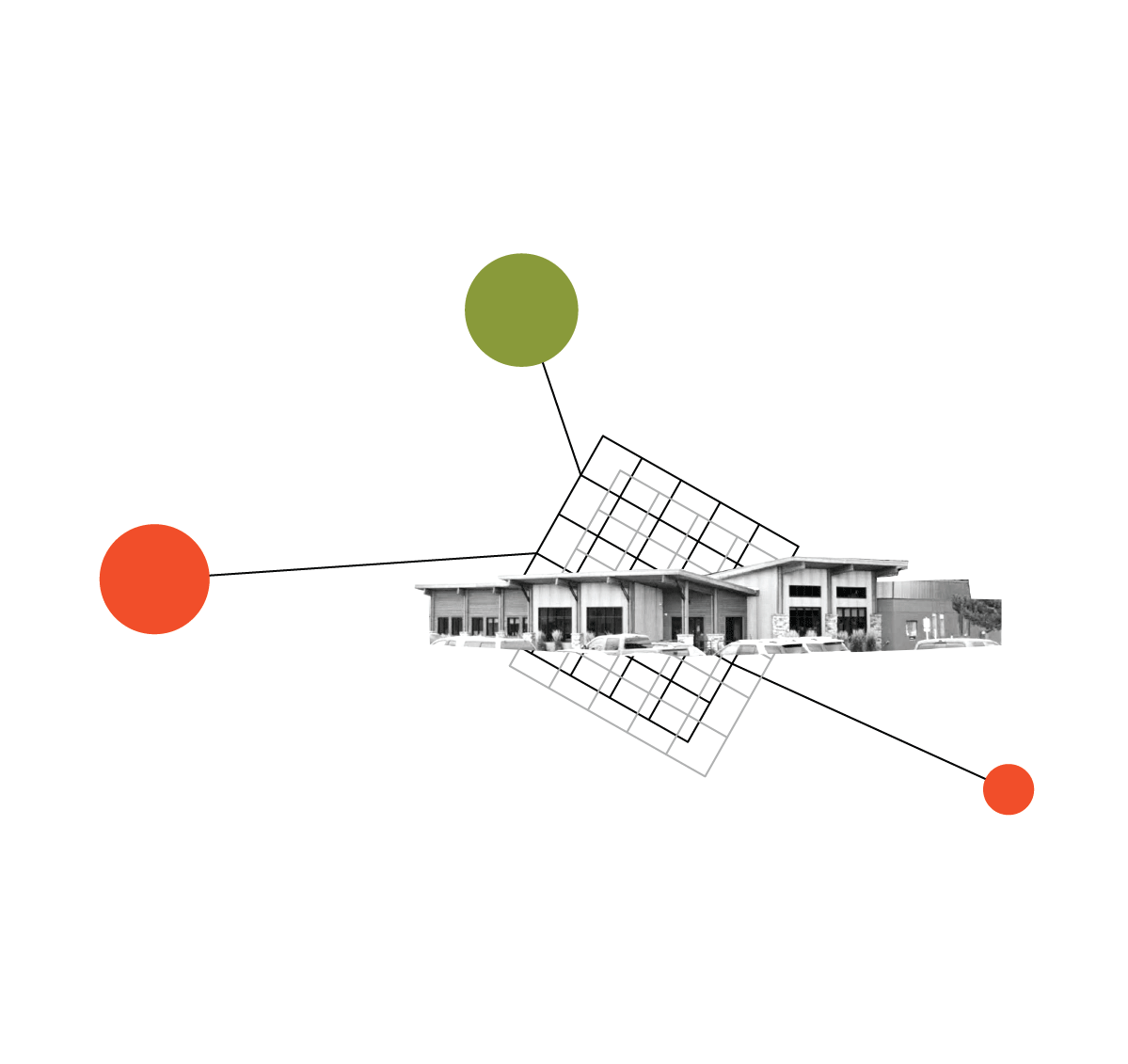

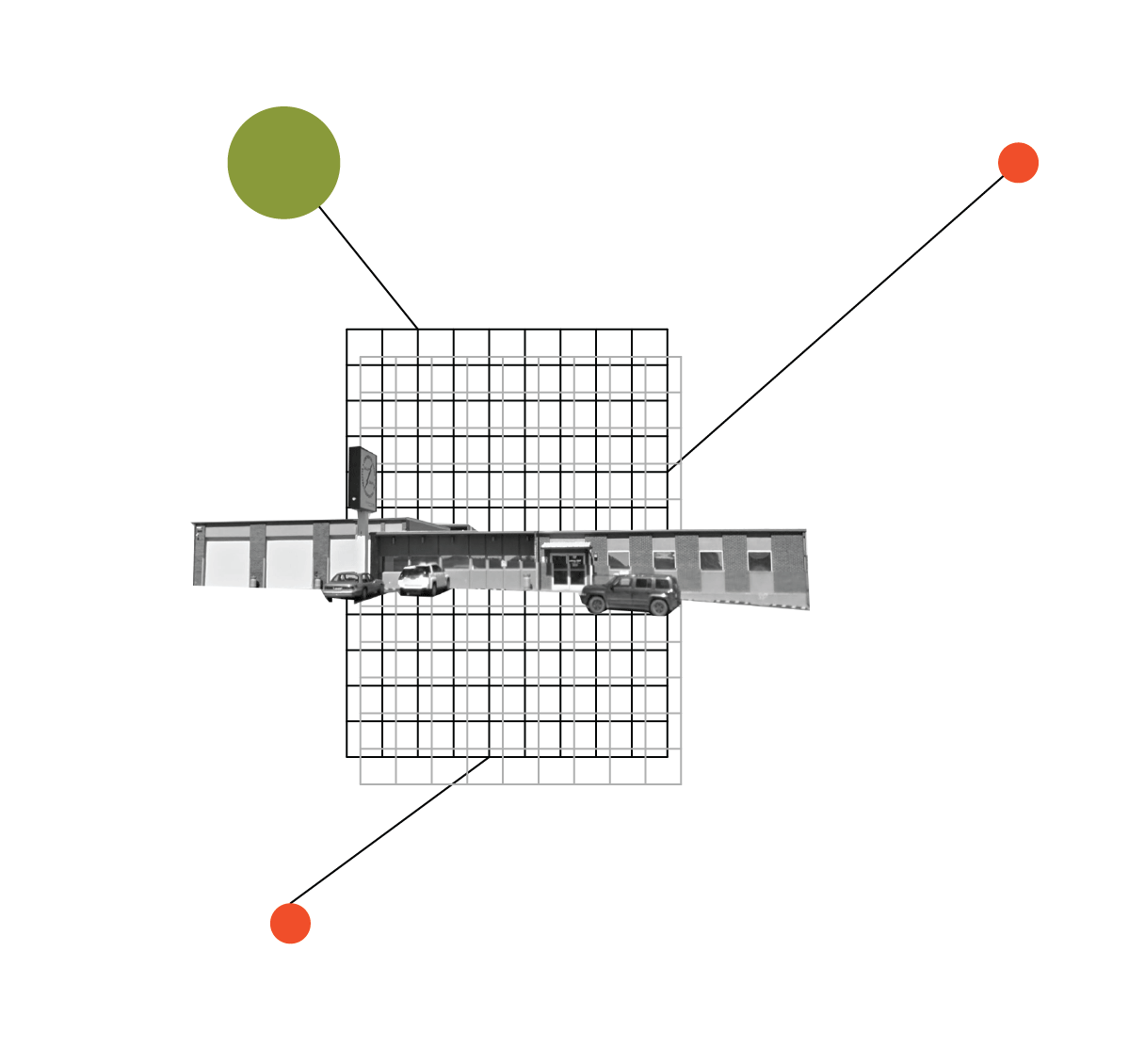

Strategy

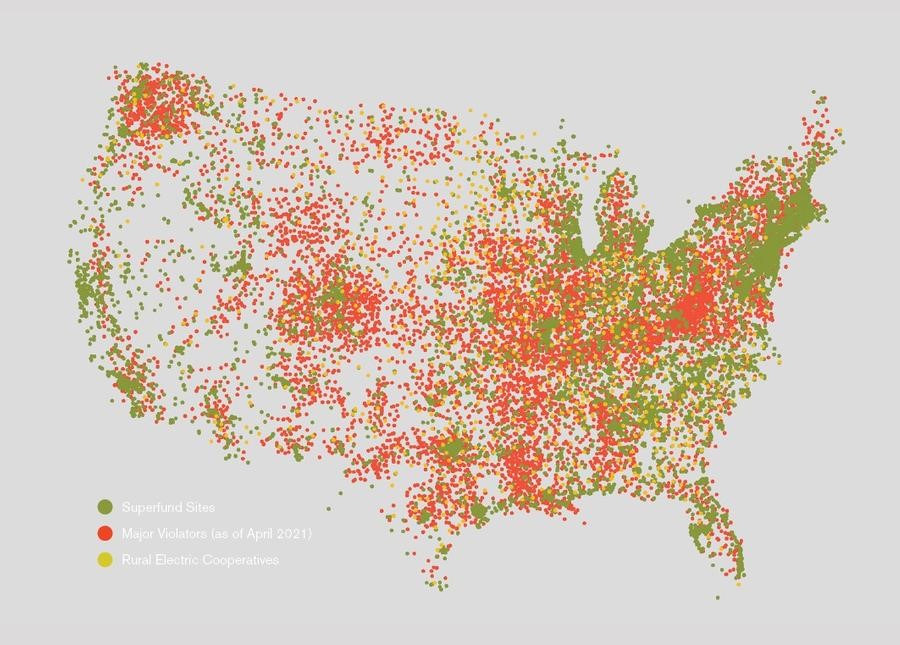
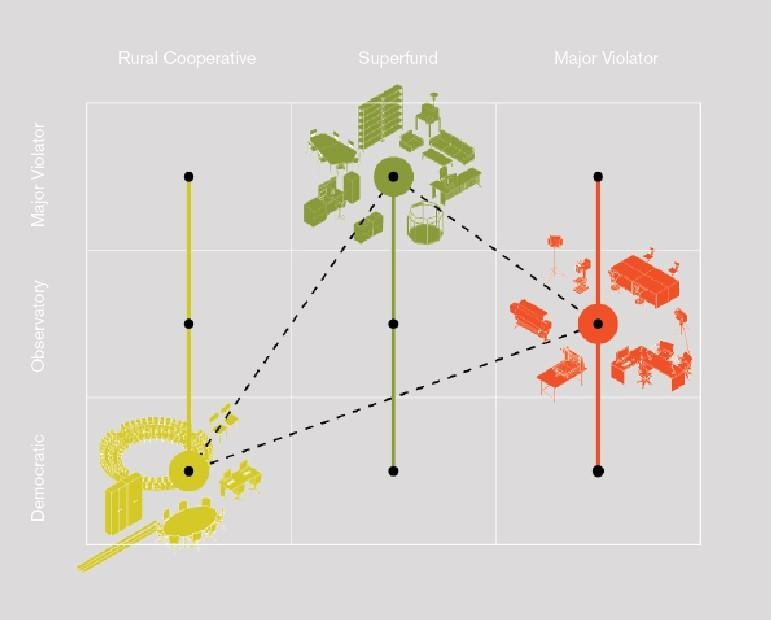
Site 1: Sussex Rural Electric Cooperative, New Jersey
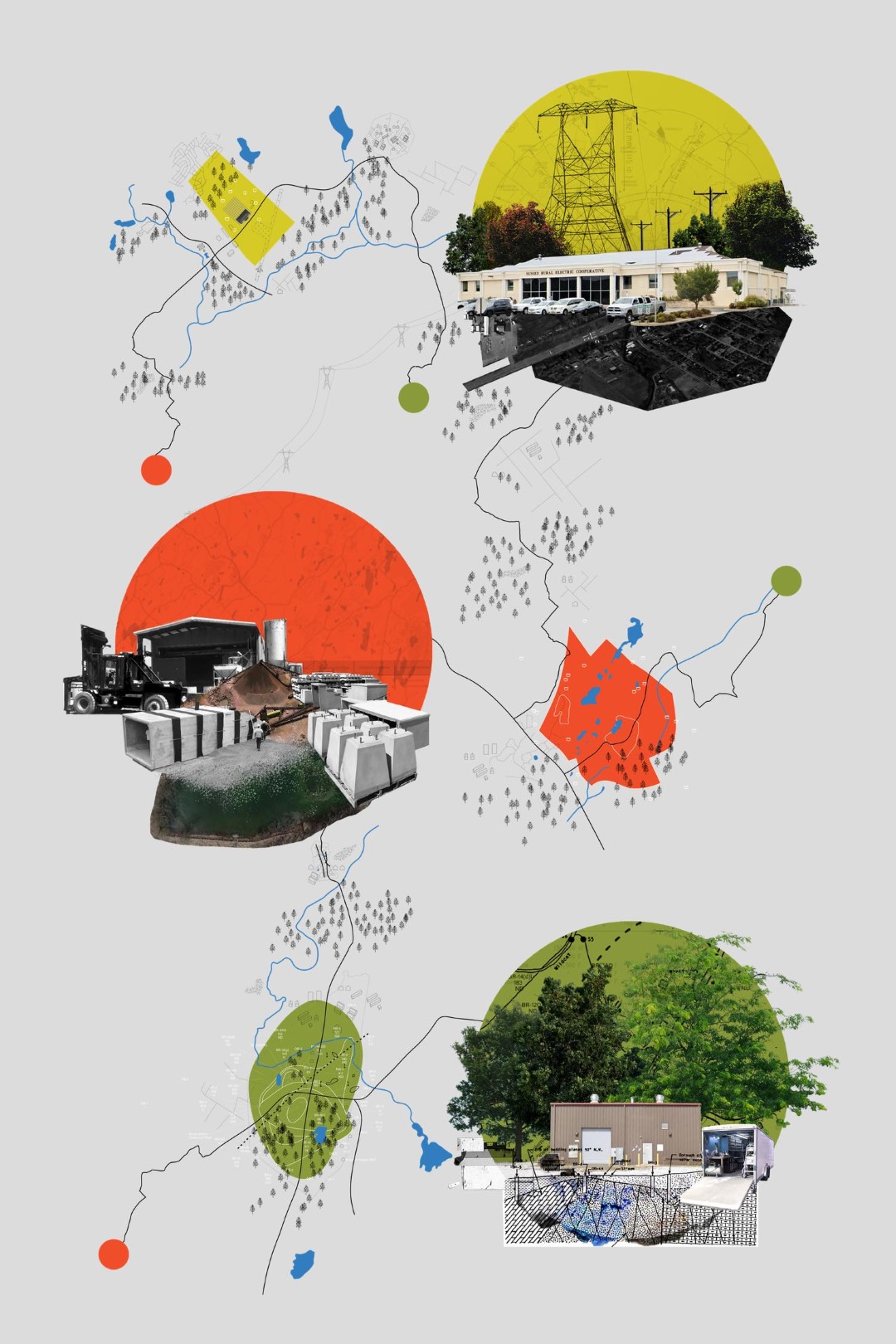




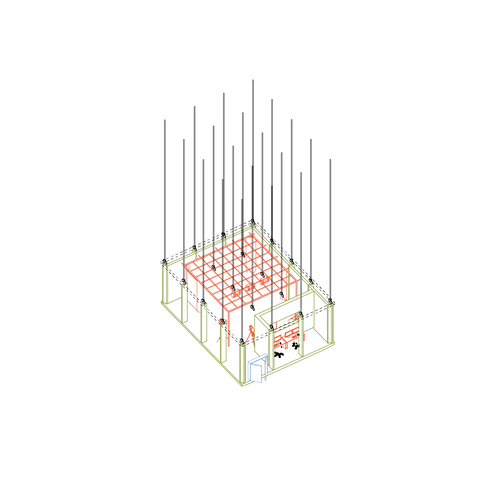
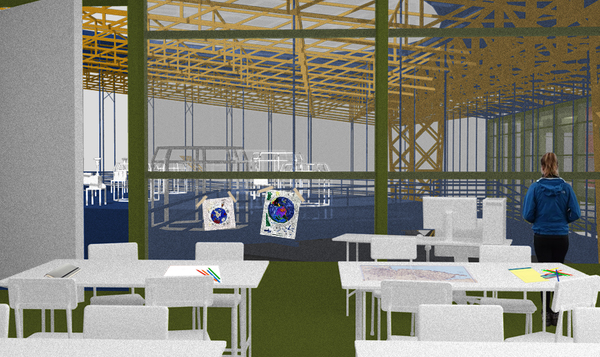
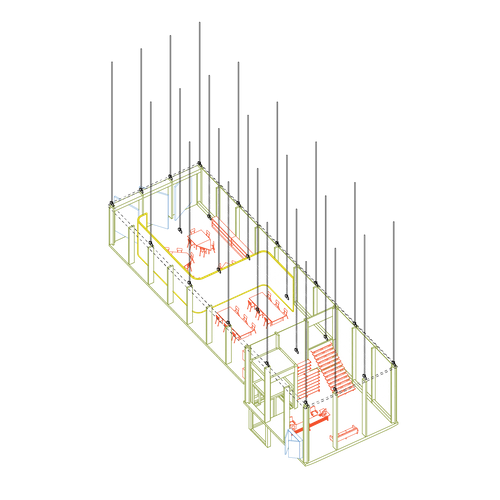
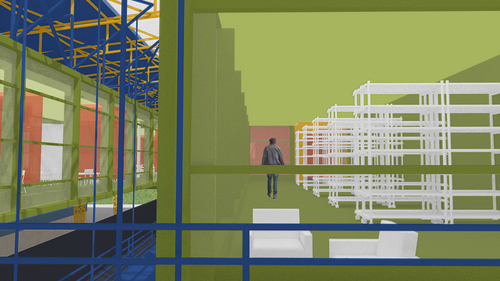

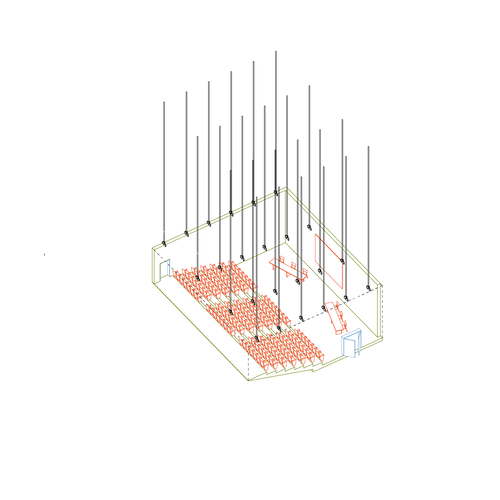

Site 2: Parklight Electric Cooperative, Tacoma, Washington
